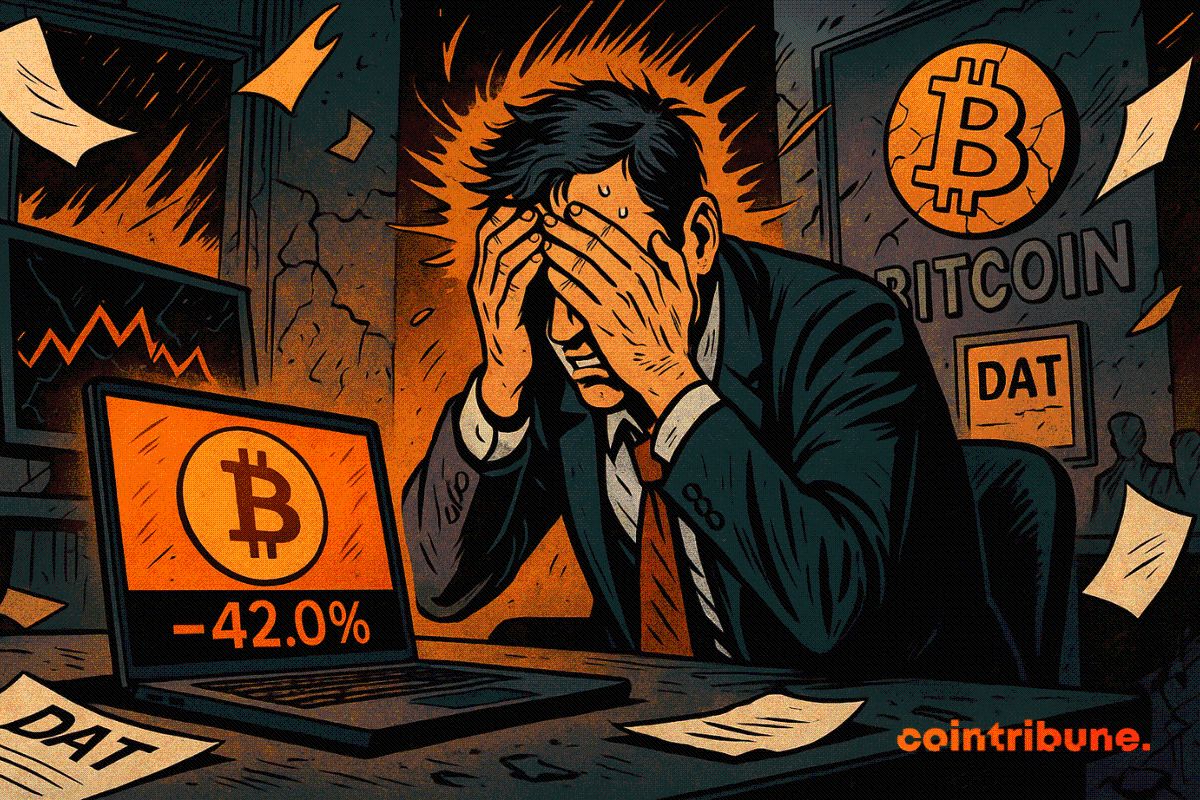Ripple President Identifies 3 Stablecoin Trends Reshaping Traditional Finance
Ripple’s president says 3 trends in stablecoins are transforming global finance, accelerating blockchain adoption, strengthening institutional participation, and redefining how money moves across global payment networks.
Ripple Exec Details How 3 Stablecoin Trends Are Transforming Global Finance
A growing convergence between traditional finance and blockchain is redefining global payments, according to Ripple President Monica Long. Sharing insights on social media platform X on Oct. 3, Long emphasized that “Stablecoin payments are all over banks’/payment companies’ earnings calls and crypto Twitter.” Her comments point to how financial institutions are increasingly incorporating blockchain infrastructure into their operations, marking a shift toward tokenized money for both retail and institutional transactions.
Long added:
Payments is finally getting the full embrace from both tradfi and defi as a killer use case for blockchain.
She outlined three major trends shaping this evolution. The first is the “stablecoin flurry,” where numerous projects are launching their own U.S. dollar–pegged tokens. She questioned whether the market truly needs so many, noting that many are motivated by hype rather than practical need and comparing the current wave to the NFT boom of 2020–21. However, she acknowledged that some stablecoins do serve real purposes, such as facilitating interbank transactions or supporting customer loyalty programs.
The second trend she described involves the rise of “stablecoin payment network popups,” often linked to prominent brands. Long urged firms to examine these networks carefully, warning that if a provider lacks licensing, the setup may simply replicate traditional correspondent banking issues “but hey! on a blockchain.” Ripple offers its own stablecoin, Ripple USD (RLUSD), designed to provide real-world payment and settlement utility.
Her third point focused on the trend of companies developing proprietary blockchains, which she said requires significant capital and time to achieve decentralization and liquidity. Long noted that public networks like XRPL already provide established payment infrastructure, stating: “There are public L1/L2 chains that serve payments well (like…XRPL!).” The Ripple president concluded:
For new chains to succeed, they’ll require major capital investment and years of heavy lifting to achieve decentralization, build sufficient liquidity, and develop the infrastructure to work for payments.
Disclaimer: The content of this article solely reflects the author's opinion and does not represent the platform in any capacity. This article is not intended to serve as a reference for making investment decisions.
You may also like
Espresso co-founder’s decade in crypto: I wanted to disrupt Wall Street’s flaws, but witnessed a transformation into a casino instead
Everything you've been hoping for may have already arrived; it just looks different from what you expected.

Solana Foundation Steps In as Kamino and Jupiter Lend Dispute Intensifies

Bitcoin Firms Confront the Boomerang Effect of Excessive Leverage

Ethereum Burns $18B, Yet Its Supply Keeps Growing

